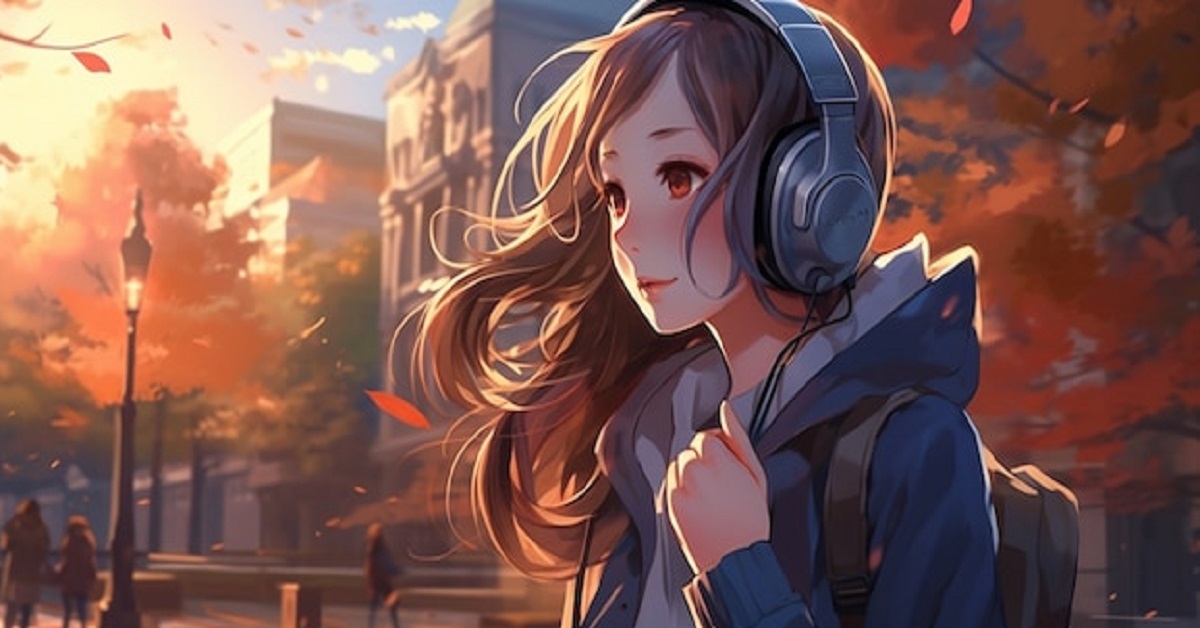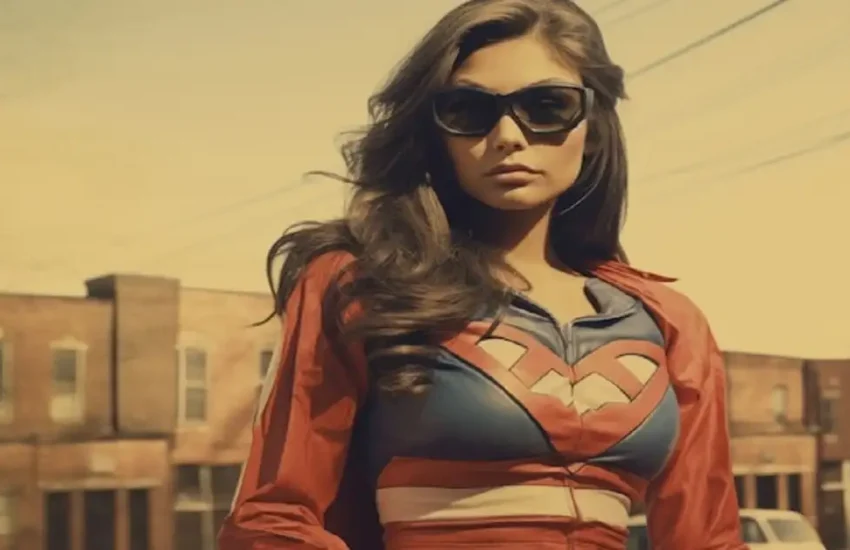Understanding “girl = anime”: A Deep Dive into the Fascinating World of Anime Girls
Introduction
Anime, a captivating blend of storytelling and art, has carved out a unique niche in global entertainment. But what exactly does “girl = anime” refer to? While the specific phrase might seem like a jumble, it highlights the broader fascination with anime girls. These characters often drive storylines and leave lasting impressions on viewers. Let’s explore the evolution, significance, and impact of anime, especially focusing on its female characters.
The Evolution of Anime
Anime, the distinctive style of animation originating from Japan, has a rich history. It started in the early 20th century, drawing from Japanese artistic traditions and Western influences. Post-World War II, anime began to grow, with studios like Toei Animation producing iconic works. The 1980s and 1990s marked anime’s golden age, with series like “Dragon Ball” and “Sailor Moon” gaining international fame. Today, anime is a global phenomenon, with genres ranging from action and romance to fantasy and horror.
Character Archetypes in Anime
Anime characters often fit into specific archetypes, which help in creating relatable and engaging stories. Some common female archetypes include:
- Tsundere: Characters who appear cold and hostile but gradually show a warmer side. Example: Asuka Langley from “Neon Genesis Evangelion”.
- Yandere: Sweet and loving on the outside but possessive and violent when threatened. Example: Yuno Gasai from “Future Diary”.
- Kuudere: Cool and unemotional, often hiding a softer side. Example: Rei Ayanami from “Neon Genesis Evangelion”.
These archetypes are crucial for developing intricate relationships and driving plotlines in anime.
The Significance of Female Characters in Anime
Female characters in anime are more than just eye candy; they often embody complex personalities and drive narrative arcs. Their representation varies widely, from strong, independent warriors to nurturing, empathetic figures. Characters like Sailor Moon and Mikasa Ackerman from “Attack on Titan” have left indelible marks on viewers, promoting themes of empowerment and resilience.
Visual and Artistic Styles
Anime is renowned for its unique visual style, characterized by vibrant colors, dynamic expressions, and exaggerated features. Over the years, animation techniques have evolved from hand-drawn frames to sophisticated CGI. The artistry of anime has influenced global media, inspiring countless Western cartoons and animations.
Popular Anime Featuring Iconic Female Characters
- Sailor Moon: A pioneer in the magical girl genre, featuring strong female protagonists.
- Attack on Titan: Known for its intense plot and characters like Mikasa Ackerman.
- My Hero Academia: Featuring diverse female heroes like Ochaco Uraraka.
- Naruto : Highlighting powerful kunoichi like Sakura Haruno and Hinata Hyuga.
These series showcase the depth and diversity of female characters in anime.
The Role of Cosplay in Anime Culture
Cosplay, or costume play, is a popular activity where fans dress as their favorite characters. It’s a vibrant part of anime culture, seen prominently at conventions and community gatherings. Cosplay allows fans to express their creativity and passion, fostering a sense of community and shared enthusiasm.
Anime Conventions and Community Gatherings
Major anime conventions, such as Anime Expo and Comiket, attract thousands of fans. These events feature panels, screenings, merchandise, and cosplay competitions. They are essential for fostering a sense of community among fans, providing a space for sharing their love for anime.
Anime and the Internet
The internet has revolutionized anime consumption. Online forums, social media, and streaming platforms like Crunchyroll and Funimation make anime accessible to a global audience. Fan-created content, such as fan art and fan fiction, further enriches the community, allowing fans to engage deeply with their favorite series.
Anime Merchandise and Collectibles
From action figures to posters, anime merchandise is a significant part of fandom. Collecting these items is a beloved hobby, with fans often showcasing their collections online and at conventions. The economic impact of anime merchandise is substantial, contributing to the industry’s growth.
Anime’s Influence on Western Media
Anime’s influence on Western media is undeniable. Shows like “Avatar: The Last Airbender” and “Teen Titans” draw heavily from anime styles. This cross-cultural exchange enriches both Western and Eastern entertainment landscapes, paving the way for innovative storytelling techniques.
Challenges and Controversies in the Anime Industry
The anime industry faces several challenges, including censorship, representation issues, and demanding working conditions. Censorship can alter content significantly, affecting its reception. Representation and diversity are ongoing concerns, with calls for more inclusive characters and stories. Moreover, the industry’s grueling work schedules often lead to burnout among animators.
The Future of Anime
The future of anime looks promising, with advancements in technology paving the way for new storytelling methods. Virtual reality and augmented reality could revolutionize the viewing experience. Additionally, the global audience’s growing appetite for diverse stories suggests that anime will continue to thrive and evolve.
Conclusion
Anime, with its rich history and dynamic characters, has captured the hearts of millions worldwide. Female characters, in particular, play pivotal roles, shaping narratives and influencing audiences. As the industry grows and evolves, it will be fascinating to see how anime continues to impact global culture.



